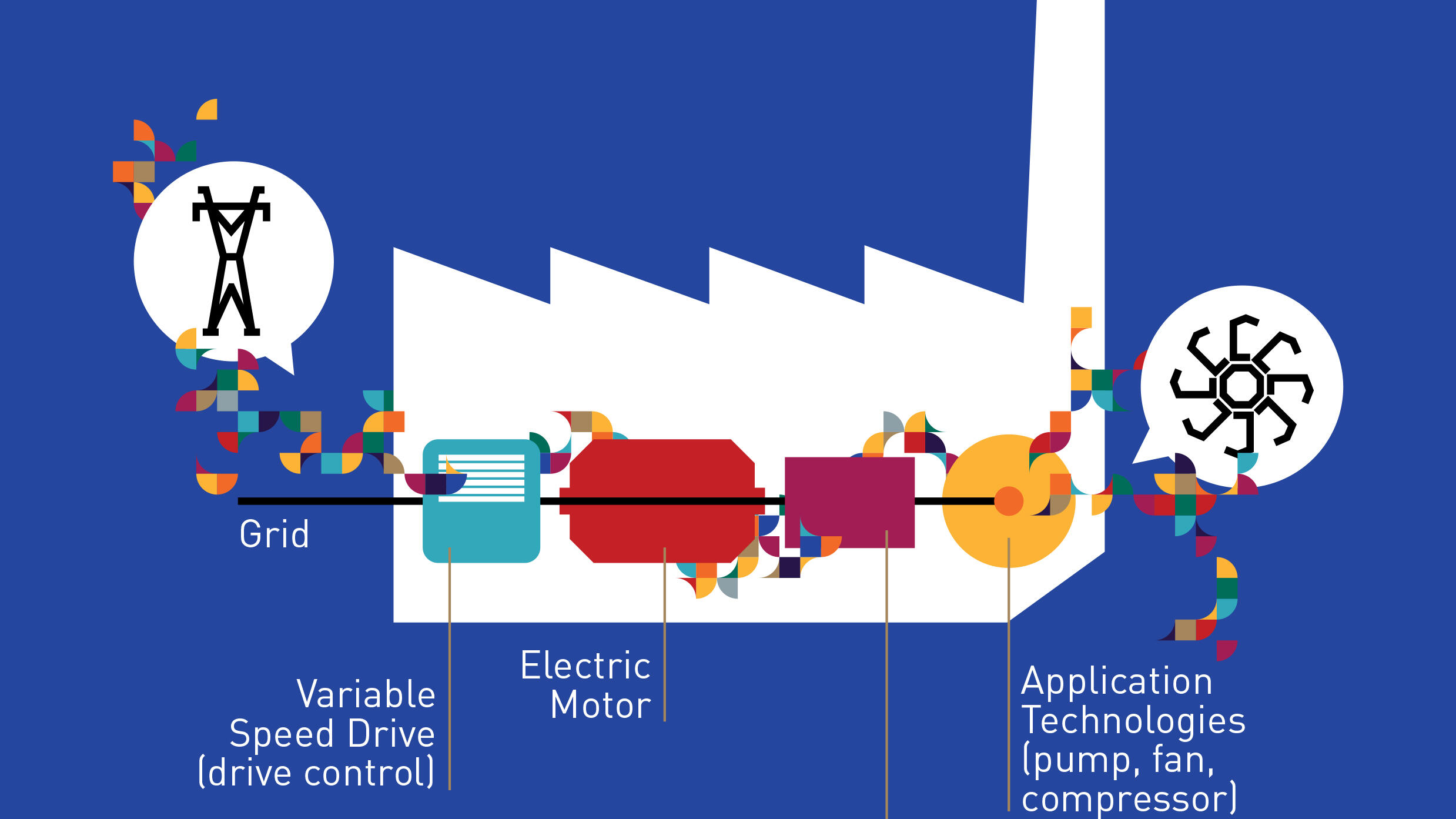 Buildings & Transport
Buildings & TransportBuildings & Transport
The future of flight – Three energy futures (electric, hydrogen or just less?)
Every minute 84 flights take off somewhere in the world with over 4 Billion journeys being made by plane. Burning nearly 300 million tonnes of Jet Fuel annually making up 2.7 percent of global CO2 emissions. Global air travel is expected to double over the next two decades! (so quite a big gap from my prediction of a reduction of 50%!) The fundamental challenge of decarbonising flight is the energy density of the storage. Currently Lithium Iron batteries can store around 250Whr per Kg which is 30 times less dense than Jet Fuel. The weight of the batteries ends up limiting the ability of the ability of larger planes even to get themselves off the ground - never mind carry a payload! For larger aircraft alternative fuels such as Hydrogen with higher energy densities may make more sense than electrification - but without significant regulatory intervention they will not replace our existing hydrocarbon hungry fleet any time soon! to decarbonise a long (or short hop aviation.
Read Full articleHow energy efficiency upgrades can benefit building owners and tenants
E3 Prime Environments President, Curt Monhart, took a tour of a business operation with a high monthly utility bill. Monhart was keenly aware that simply replacing the obsolete HVAC system and upgrading the existing outdated lighting would yield significant cost savings.
Read Full articleIn and out with 10-minute electrical vehicle recharge
Penn State engineers have demonstrated that they can charge an electrical vehicle in ten minutes. Lithium-ion batteries degrade when rapidly charged at ambient temperatures under 50 degrees Fahrenheit. The rapid cooling of battery would be accomplished using cooling system designed into .
Read Full articleDriverless and electric, or car-free? The cities cutting out cars, and why
Vanessa Bates: Some cities are phasing out gas-powered cars altogether, limiting use of hybrid and electric cars. She says cutting out cars has the obvious benefit of reducing pollution and reducing pollution. Bates: Cutting out cars helps reduce pollution .
Read Full articleElectric Vehicles & Heat Pumps: Electric motors play a crucial role in the energy transition
Electric motors are implicated in two major decarbonisation options involving electrification: electric vehicles (EVs) and heat pumps. Electrical power sector is the fastest to decarbonise because of the wide variety of carbon-free energy sources that can generate electricity.
Read Full articleICP partners made it!
ICP Europe is tackling two of the main drivers for energy efficiency markets. Investor Ready Energy EfficiencyTM (IREE) certification scheme in local countries. ICP has trained more than 450 Project Developers and Quality Assurance Assessors across Europe on its.
Read Full articleORC-systems are helping to create a sustainable energy future
Organic Rankine Cycle (ORC) technology is being used in Sweden to transform waste heat into renewable electricity. The high efficiency and low maintenance way to produce sustainable electricity is being adopted by district heating systems around the world. Read how Ronneby.
Read Full Business PracticeShining a light on Tomatoes
Royal Pride Holland is using the J624 GS engines to power the greenhouses new cogeneration plant. Some of the power generated is used for lighting for the tomatoes, but most is supplied to the public power grid. The overall level of efficiency.
Read Full Business PracticeClean Power when ORC System recovers Waste Heat
Daiichi Jitsugy got a request from Ertec to install an ORC system in their new waste incineration plant. Engineers knew that they would need a heat exchanger out of the ordinary. The ORC was installed in the new.
Read Full Business PracticeICP Presentation
Investor Confidence Project Europe unlocks access to financing for the building, industry, district energy and street lighting markets. Investment Confidence project will standardize how energy efficiency projects are developed, documented and measured. For confidential support call the Samaritans on.
Read Full Business Practice




